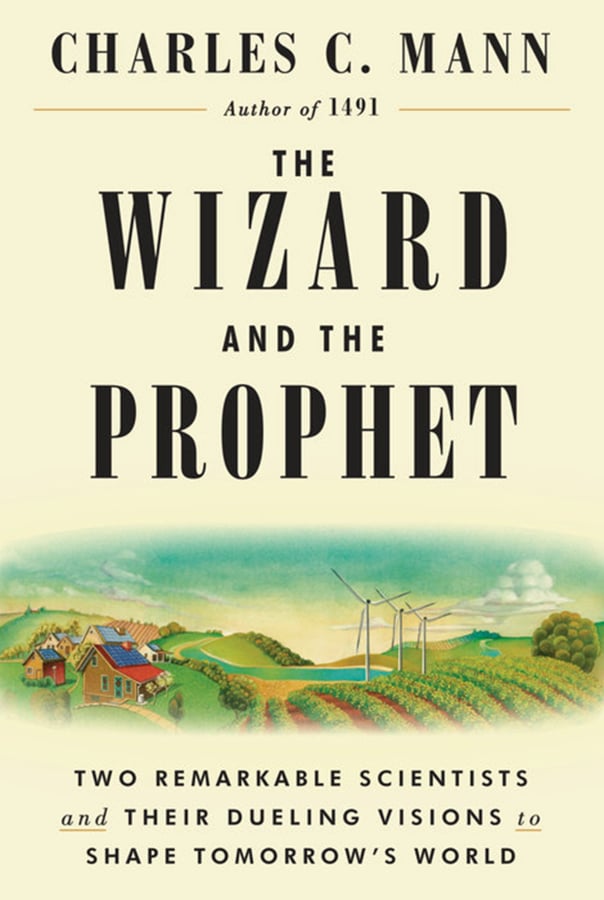In his new book, “The Wizard and the Prophet: Two Remarkable Scientists and Their Dueling Visions to Shape Tomorrow’s World,” Charles C. Mann, author of “1491” and “1493,” wrestles with one of the central questions facing humans today: How do we feed ourselves on a planet where the population is projected to reach 10 billion by 2050? In an attempt to highlight potential models of how to answer this question, Mann turns to two men of the past century: Norman Borlaug and William Vogt.
Borlaug, who Mann labels a “Wizard,” is responsible, along with the Rockefeller Foundation, for the Green Revolution, which developed today’s modern genetically modified organism (GMO) way of industrial agriculture. Borlaug, originally from northeast Iowa, eventually earned a Nobel Peace Prize for his efforts in developing agriculture to help feed the world’s growing population.
At the other end of the spectrum, Mann explores the lesser-known William Vogt, whom Mann labels a “Prophet.” A trained ornithologist and ecologist, Vogt was an early proponent of population control and served, for a time, as the National Director of Planned Parenthood Federation of America. Vogt’s bestselling 1948 book, “Road to Survival”, shaped a generation of thinkers, and outlined future issues with overpopulation.
The Wizards’ mantra, Mann argues, is “Innovate! Innovate!” Wizards advocate for technological solutions to our problems whereas Prophets argue for restraint while “decrying the consequences of our heedlessness.”



